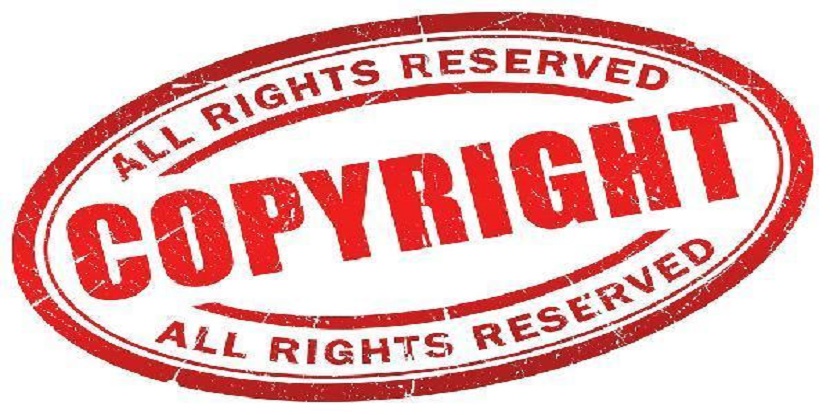According to the Copyright Ordinance 1962, “copyright is a set of exclusive rights granted to the owner for a limited time to protect the particular form, way or manner in which an idea or information is expressed. Literary and artistic works, music, films, paintings, sculptures, computer programs, and databases are covered by the copyright law”
Developed countries consider their responsibility to protect one’s state, but in Pakistan, an underdeveloped country, no privacy is the foremost problem. A large number of people illegally read photocopied books, watch copied movies and yet no action is taken nor anyone is questioned. Although, copyright is the ethical right of writers, producers, performers or publishers.
For the proper working of the ordinance, the copyright rules 1967 were outlined. Then some amendments were introduced in the copyright act of 1992 and then amendments in 2000 copyright acts were also made.
Section 10 copyright law is based on dramatic work like artistic work like painting, painting, sculpture, drawing, photograph, engraving, architectural work, etc. Musical work like a combination of harmony, a mixture of melody, cinematographic work, records like tape, disc, perforated roll or some other devices where sounds are recorded, literary works like computer programs but not speeches.
According to Pakistani law, the copyright that subsists in any work of any member of the country will be protected by Pakistan. Also, Pakistan is a member of the TRIPS ( Trade-Related Aspects of Intellectual Property Rights) agreement.
Copyright means, to reproduce the work and to publish it, to make any translation or adaptation of the work, but it exclusively means inter alia the exclusive right.
Registration of copyright is recommended, but it is not mandatory because when the certificate is issued, the registration can be used later in court that ascertains ownership. The following is the information that is needed whole filling copyright application:
Step#1: Name, address, and nationality are asked of the applicant.
Step#2: Nature of the applicant is asked, for instance; publisher, author or owner, etc.
Step#3: Description is asked of the work, for instance: dramatic, artistic, musical or literary, etc.
Step#4: Title of work is asked.
Step#5: If the author is dead, his/her nationality, address and name are asked and the date of death.
Step#6: Names, addresses, and nationalities of some other person and if any then make sure to assign the rights to comprise of copyright.
Step#7: The work if it contains some artistry then putting the location of the original work with name, address, nationality, of the person is mandatory.
Step#8: The case of some literary or dramatic or artistic work and musical work, the work is to register to check if the work is an original one, translation of the work with copyright substitute, but of the work is translated or imitated, then the work needs a title or of the original work, its language of the original work with name, address or nationality of the publisher.
It is said that the published dramatic literary, musical or artistic work is the life of the author even after 50 years of his death.
Image source link

















